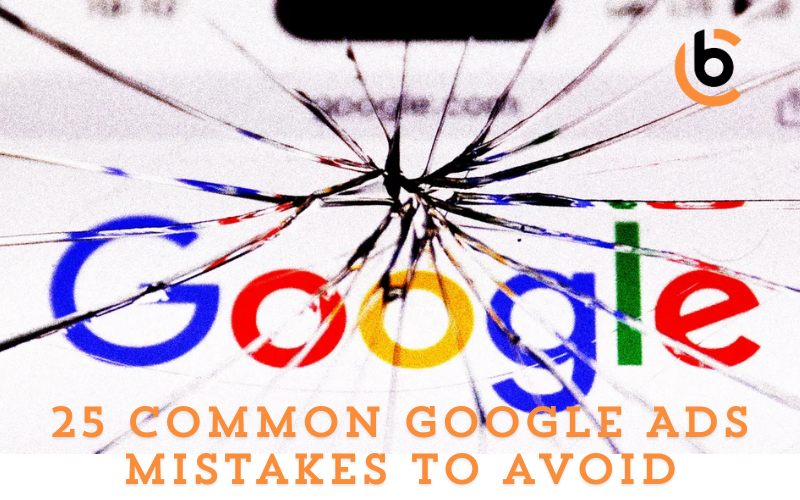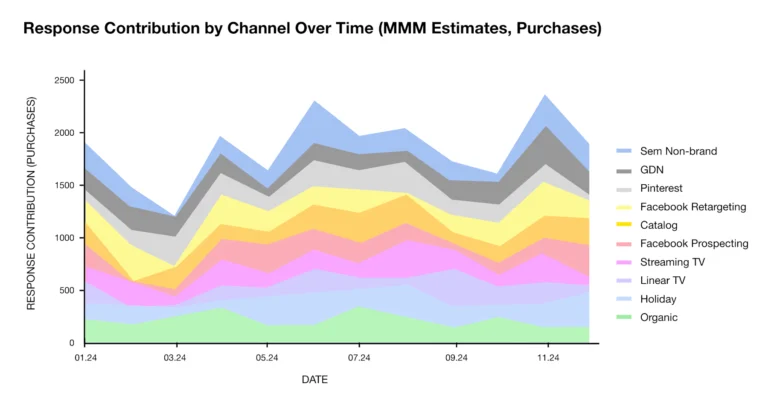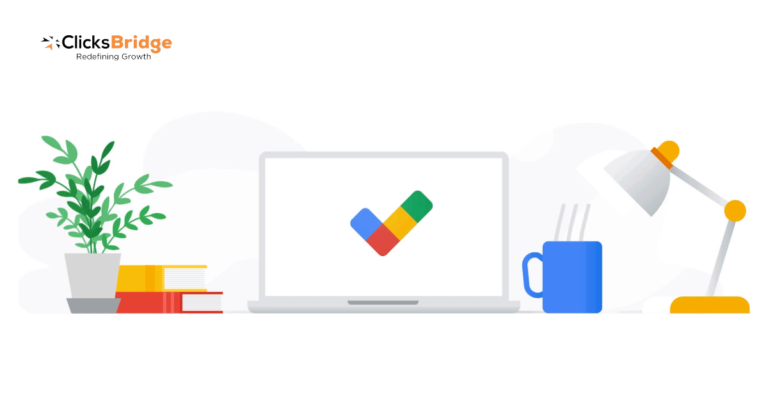Stuck in figuring out what went wrong with Google ads campaign strategy? Sit back and relax—your worries about campaign optimization end here. After auditing 100’s of clients’ ad accounts on Google, these were the common Google Ads mistakes that you should try to avoid while planning for your next campaign.
In the most common Google ad mistakes, people start to rely on assumptions rather than on data. The basics of why I need to launch this campaign and what’s required to get this done efficiently solely depends on someone’s advice, not the customer’s intentions and behaviors.
- The 25 most common Google Ads mistakes that might hurt your campaign performance.
- General Account Level Mistakes:
- Campaign and Ad Group Structure Level Mistakes
- Mistakes in Conversion Tracking
- Landing Page Common Pitfalls
These mistakes might make your bank account empty and hurt your campaign performance and patience.
The 25 most common Google Ads mistakes that might hurt your campaign performance.
Keeping in mind that each ad account requires unique strategy and attention due to the unique:
– Product
– Product Market
– TMA
– Competition and more
But, whenever I take over a new account or do an audit, I often see these common mistakes.
General Account Level Mistakes:
1. Poor Campaign Naming Convention and Account Structure
2. No Clear Campaign Goals
3. Keeping the default Geo-Location Targeting
4. Search campaigns opted into Google Display and search network
5. Missing Campaign UTM Tracking
6. Non Relevant audience targeting
7. Opted for Auto-apply recommendations
8. Not Auditing accounts regularly with Search Term reports
Campaign and Ad Group Structure Level Mistakes
9. No (Branded vs Non-branded) campaign splits
10. Single campaign and ad groups for multiple products – No campaign for 1 inventory or main product or service – Dumped like in one.
11. No SKAG or Single Intent/theme ad group – (no full use of broad keywords with the wrong strategy)
12. Neglecting Ad Assets
13. No UTM tracking for Ads and Ad groups
14. No negative keywords and brand exclusion list
Mistakes in Conversion Tracking
15. No clear conversion tracking objectives – falling short of tracking the relevant goals.
16. Double conversion tracking for the same goals (phone calls or form submission)
17. Tracking with No Google Pixel setup on the website
18. Not opting for Enhanced conversions
19. No offline conversion tracking
Landing Page Common Pitfalls
20. Promoting more than 1 IDEA, OFFER, and ACTION.
21. No relevancy with ad keywords and headlines –
22. Missing concise messaging in the final CTA – weak copy
23. Lack of Social Proof including customer reviews, testimonials, images, or videos
24. CTA (Form Sub or Purchase) at the end of the page
25. A landing page with no consent and a cookie banner
Let’s zoom in on each of them a bit.
- Poor Campaign Naming Convention and Account Structure
Getting success from the campaign-level strategy is a great thing, but first, we have to get the basics like naming right. This is one of the worst Google ad mistakes that i identify whenever i open a new ad account. Some follow the basic rules e.g.Product Name – Campaign Objective – Location – Budget – Client Name – Start & End Date. - No Clear Campaign Goals

Knowing where are you heading is mandatory before setting for the journey. The same applies to advertising, and mostly we miss what we want. For some, if they are looking for traffic, they select lead gen campaign, or performance max when they need clicks or impressions.Selecting the right objective is crucial.1. Go for Lead Generation if you need quality form submissions or quotes
2. Call ads for call inquiries
3. Brand awareness and reach for brand growth
4. Shopping ads for Product listing store promotion and more… - Keeping the default Geo-Location Targeting

Messing with location targeting is one of the common advertising mistakes. Mostly it is set to default, with “interest targeting”, where many clients burn their money. I saved a client over $50k with only the right location targeting. - Search campaigns opted into Google Display and Search network

One of the Worst Google Ads mistakes i found in auditing accounts is they keep active Google suggested partner sites. This burns most of their ad dollars on non-relevant sites and mostly spends on sites you can’t track. - Missing Campaign UTM Tracking
We need data and the data should be attributed to relevant platforms with proper configuration and the right information. Most advertisers miss UTM tracking to understand the source of data and customer journey. - Non Relevant audience targeting
Before planning or creating your advertising, knowing the right audience is mandatory. In Google Ads identifying the right audience segments with the most relevant to your ad targeting is important to avoid any misdirected budget spending. - Auto Apply Recommendations
As said, “Follow the advice that works for you and leave the rest — doesn’t matter who said it to you”.The same applies to advertising rules. Many automated suggestions are vague pieces of advice that do not fit with the skin of your ad structure and business. So, keep in mind to avoid this common Google Ads mistake, even if it accounts for a 100% optimization score. - Not Auditing accounts regularly with Search Term Reports
A big blunder I find often is there are no set rules on accounts audit once a month or quarter. Getting insights after auditing your account search terms or overall elements yourself or by hiring someone, would end up with many useful information that you can utilize to optimize your campaign further. - No (Branded vs Non-branded) campaigns splits
Splitting your campaign to organize and track things correctly, can help you identify business potential. This also helps in devising a plan on how much to spend on branded keywords vs how much on transactional volumes. - Single campaign and ad groups for multiple products
One of the main reasons campaigns fall short is they don’t plan according to their product needs to target each aspect of their business to the audience with individual campaigns and ad group structure. - No SKAG or Single Intent/theme ad group
All keywords are dumped in a single ad group is a common Google ad mistake i find due to messed up campaign structure and targeting. Single intent or theme ad group strategy can help you track and measure the impact and performance of each keyword. - Neglecting Ad Assets
Neglecting the given ad assets in Google Ads can be the worst Google ads mistake for advertisers because these can help increase an ad’s visibility, provide additional information to target customers, and improve the overall performance of a campaign. - No UTM tracking for Ads and Ad groups
Tracking for 3rd party attribution tool, your ad account, or GA4 is the best favor you can do for your campaign. Use of campaign ID, name, ad group, keyword, and content intent can help you identify the key conversion triggers. - No negative keywords and brand exclusion list
Not limiting your ad spending and triggering with a negative keyword list is one of the worst Google ad mistake i see people making. Creating multiple lists of brands, non-relevant service/product keywords, or phrases or beyond-scope keywords can help you maintain your ad spend with wise auction bidding and less chance of leaking your budget. - No clear conversion tracking objectives
Falling short of tracking the irrelevant goals and directing them to irrelevant post-purchase pages are the most common Google ad mistakes. Use conversion tracking as a guide that helps the customer and advertising platform identify the customer journey and patterns to better deliver products with dynamic user experience. - Double conversion tracking for the same goalsCounting a single action twice does not bring much success in feeding good data to Google Ads. Conversion objectives tied with campaign goals trigger actions that count for the right direction to serve ads with better conversion data.
- Tracking with No Google Pixel setup on the website
Not using GTM and Google Pixel to integrate Google Ads tracking code for seamless integration of ad campaigns with website landing pages, can cost you a fortune. So, keep your ads intentions clear with clear Conversion tracking and goals by tracking micro key events on your website. - Not opting for Enhanced conversion
Opting for enhanced conversion tracking helps Google to completely identify what is making users convert and to propel from this action. This generates full detail on customer interactions and mapping of what their process of purchasing or lead submission looks like. - No offline conversion tracking
Many advertisers fall short of laziness in setting up offline conversion tracking. If done correctly can clear the picture for decision-makers to identify their target audience’s behavior on the website. This way you can even count on small actions like buttons, custom links, phone clicks, email clicks, and many more. - Promoting more than 1 IDEA, OFFER, and ACTION
Confusions on website landing pages create a non-friendly atmosphere for visitors, as they have to burn more calories to understand your marketing objective. Playing with a simple 1 IDEA, 1 OFFER, and 1 ACTION system can uplift the conversion rate with more clarity and direction from your end. - No relevancy with ad keywords and headlines
Ranking better in Google bid auctions matters a lot when you are at the start of account growth or you have a tight budget. Landing pages with ad relevance structures and messaging win the best deals out of ad rank auctions due to more value than their competitors. - Missing concise messaging in the final CTA – weak copy
The most common struggle with advertising people is they can’t say what they want in concise sentences. A simple message like “Sign up now and get 20% OFF. Deal ends Mid-Night!”. This is to the point and an easy-to-digest CTA with clear action for the user to take. - Lack of Social Proof including customer reviews, testimonials, images, or videos
A big advertising mistake I often see in landing pages is they don’t focus on content that wins the hearts with client proofs and social experiences. Social proof can be in the form of reviews, testimonials, and other tools that show people validating what you say you can do for customers, like how we did for a home remodeling business. - CTA (Form Sub or Purchase) at the end of the page
Another mistake in Google ads accounts is landing pages with a confusing layout or design. Which prevents a user from taking the desired action and lowering the conversion rate. Be clear, precise, and focused on one main objective for one landing page. Keep minimal navigation that can take a user away from the landing page. - A landing page with no consent and a cookie banner
User-centered first data policy and advertisement push the message more with impact. Following the rules set by certain authorities to help users have control and confidence over data consent; which helps them trust the brand even further.
Whatever you like to create, create it with the proper strategy of keywords, account, conversion tracking and attribution, and ad copy. To summarize this article, avoiding these common Google Ads mistakes is essential when planning, creating, or running Google Ads campaigns.
The good news is that many of these mistakes can be avoided by developing a thoughtful, detailed ad strategy before launching new campaigns with the right paid media strategist on your accounts.
Struggling to maintain your business ad account for profitable ROI, Schedule a quick call with us now and let us do the heavy lifting while you focus on scaling your business and making great clients along the way.



